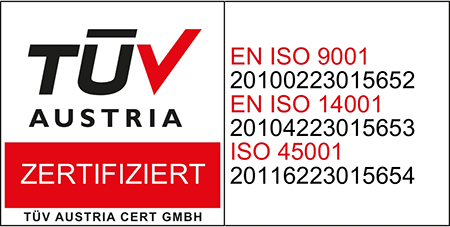A BIN WITH BRAINS – AND AN INTERNET CONNECTION
It was only a matter of time before such a device came onto the market: a disposal container that separates the thrown-in waste into recyclable materials on its own initiative. People are apparently not smart enough to do this themselves. “No desire or ignorance? High margin of error in waste disposal”, the German Frankfurter Allgemeine Zeitung reported in April 2018. “Germans don’t sort waste properly” was a similar statement that emerged in the newspaper ZEIT. Both reports referred to information from the Federal Association of Secondary Raw Materials (BVSE), which presented the problem primarily from one aspect: How can the effort required for recycling be reduced? The topic is not limited to Germany, but is of global importance.
For companies such as Sasse Group, whose core tasks include cleaning and facilities services, the same question arises – but from a different perspective. Even if the subject of “bins” does not play a decisive role for us, it does for our customers. They are concerned about the quality of the workplaces they offer and about a holistic approach to the topic of “cleanliness”. Amongst other things, they are concerned with the following questions: How can waste be reliably removed? And: Will cleaning become more economical if there is not only a system for throwing away waste, but if the disposed waste can be used to generate income?
It is therefore understandable that products such as “bin-e” or “smartbin” attract our attention. These systems analyse, sort and compress waste. With the help of the Internet of Things (IoT), an app provides users with up-to-date analyses of the contents as well as the fill level of the intelligent waste collectors. This in turn supports the waste management of users, who can, for example, optimise the collection routes. This saves time and money and at the same time reduces CO2 emissions during waste transport. Waste disposal companies are also interested in using such systems: At present, they have to make great efforts in terms of personnel in order to separate uncleanly disposed waste.


